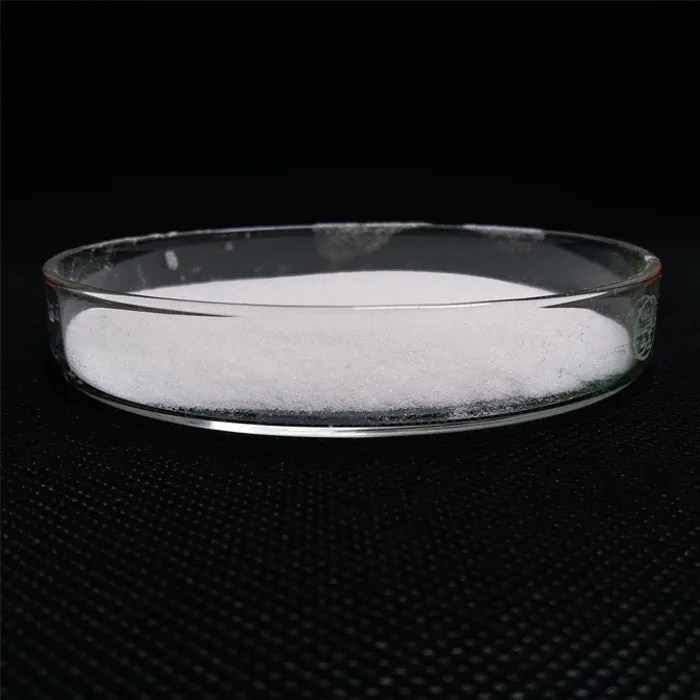Antimicrobial Additives for Plastics Enhancing Safety and Hygiene
In recent years, the use of antimicrobial additives in plastics has emerged as a crucial innovation aimed at enhancing safety and hygiene across various industries. These additives provide built-in protection against harmful microorganisms, including bacteria, molds, and fungi, thereby extending the lifespan of products and ensuring user safety. This article explores the significance, mechanisms, applications, and future directions of antimicrobial additives in plastics.
Understanding Antimicrobial Additives
Antimicrobial additives are substances incorporated into plastic materials to inhibit the growth of microbes. They work through various mechanisms, including releasing biocidal agents that destroy microbial cells, disrupting the microbial metabolic processes, or interfering with cellular replication. Common classes of antimicrobial additives include silver ions, copper compounds, and organic biocides, each with unique properties that make them suitable for different applications.
Importance of Antimicrobial Plastics
The necessity for antimicrobial plastics has intensified in response to growing health concerns regarding the spread of infections and diseases. Traditional plastics can harbor bacteria and other pathogens on their surfaces, posing risks in environments such as hospitals, food processing facilities, and public spaces. By integrating antimicrobial additives, manufacturers can significantly reduce the transmission of harmful microbes, making products safer not only for users but also for the overall environment.
Applications Across Industries
Antimicrobial plastics have a wide range of applications across various sectors, including healthcare, consumer goods, construction, and food packaging.
1. Healthcare In hospitals and clinics, antimicrobial surfaces are critical in preventing the spread of infections. Medical devices, such as catheters and surgical instruments, often utilize plastics embedded with antimicrobial additives to minimize the risk of hospital-acquired infections (HAIs).
2. Food Packaging The food industry is increasingly adopting antimicrobial plastics to extend the shelf life of perishable goods. These materials inhibit the growth of spoilage organisms, ensuring that food remains fresh for longer periods while also reducing the risk of foodborne illnesses.
antimicrobial additives for plastics

3. Consumer Products Everyday items like toys, kitchen utensils, and personal care products can also benefit from antimicrobial properties. These additives help ensure that common household items are safe and hygienic, particularly in environments frequented by children and vulnerable populations.
4. Building Materials In construction, antimicrobial additives are used in paints, coatings, and surfaces of high-touch areas to prevent the growth of mold and bacteria. This is particularly important in areas with high humidity or moisture where microbial growth is more likely.
Challenges and Considerations
Despite the benefits of antimicrobial additives, there are challenges associated with their use. One concern is the potential for antimicrobial resistance, which can occur if microbial populations adapt to these agents. Additionally, the longevity and effectiveness of these additives can vary based on environmental factors such as temperature and humidity.
Moreover, regulatory considerations play a significant role in the adoption of antimicrobial plastics. Manufacturers must navigate a complex landscape of regulations that govern the use of antimicrobial substances, particularly in products that come into direct contact with food or medical devices.
The Future of Antimicrobial Additives in Plastics
As technology advances, the future of antimicrobial additives in plastics looks promising. Ongoing research aims to develop new, more effective additives that can provide longer-lasting protection without creating resistance. Innovations in biotechnology may lead to the discovery of natural antimicrobial agents that are both effective and environmentally friendly.
In addition, the growing awareness of hygiene in public spaces, especially in the wake of the COVID-19 pandemic, is likely to drive demand for antimicrobial plastics across all sectors. Manufacturers are increasingly seeking ways to integrate these solutions into their product lines, not only in response to market demand but also as part of their commitment to sustainability and public health.
Conclusion
Antimicrobial additives in plastics represent a significant advancement in material science, addressing critical health and safety concerns across various industries. By incorporating these innovative solutions, manufacturers can enhance the safety and longevity of their products while responding to the evolving demands of consumers. As research continues and technology evolves, we can anticipate a broader application of antimicrobial plastics, contributing to a healthier, safer world.

